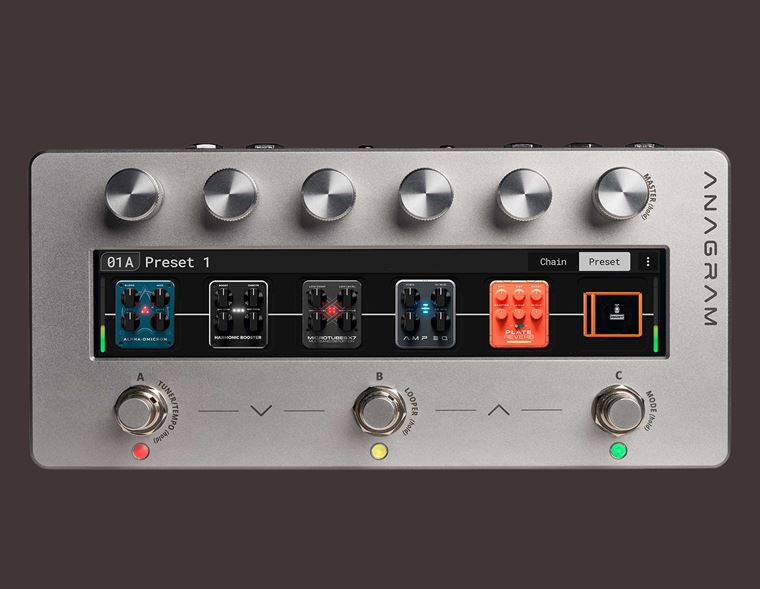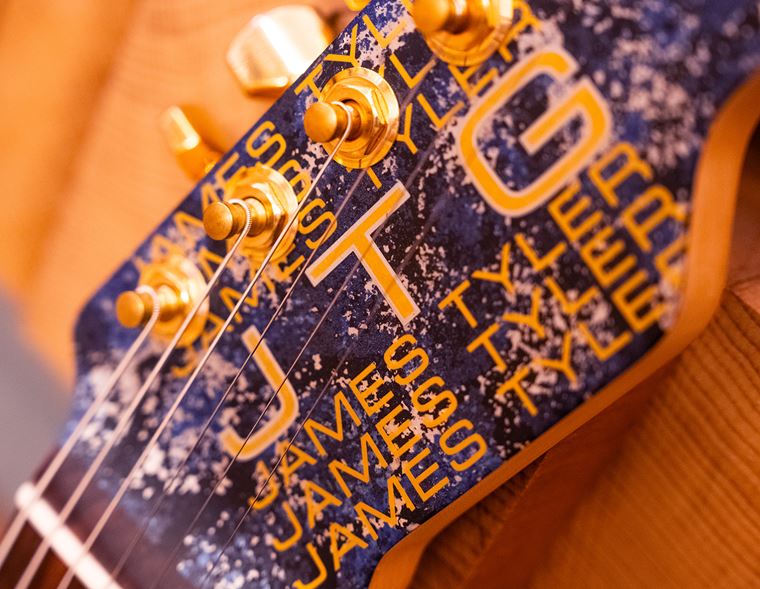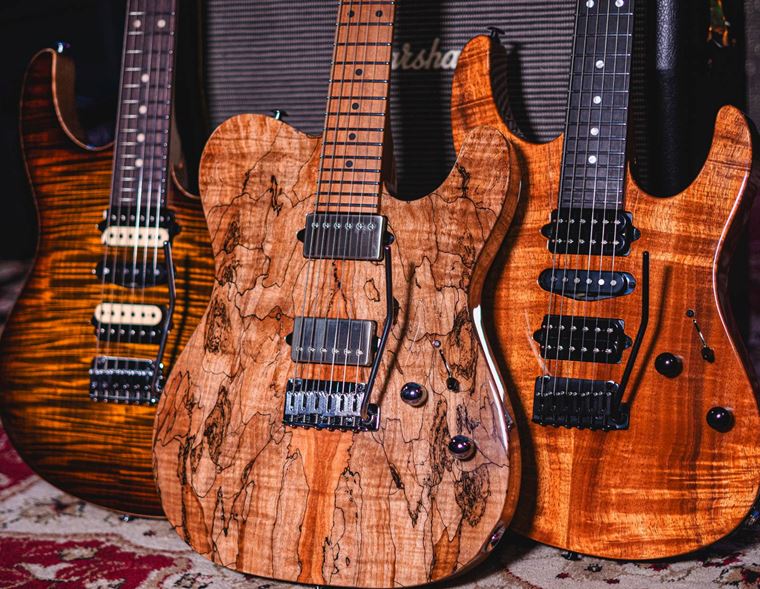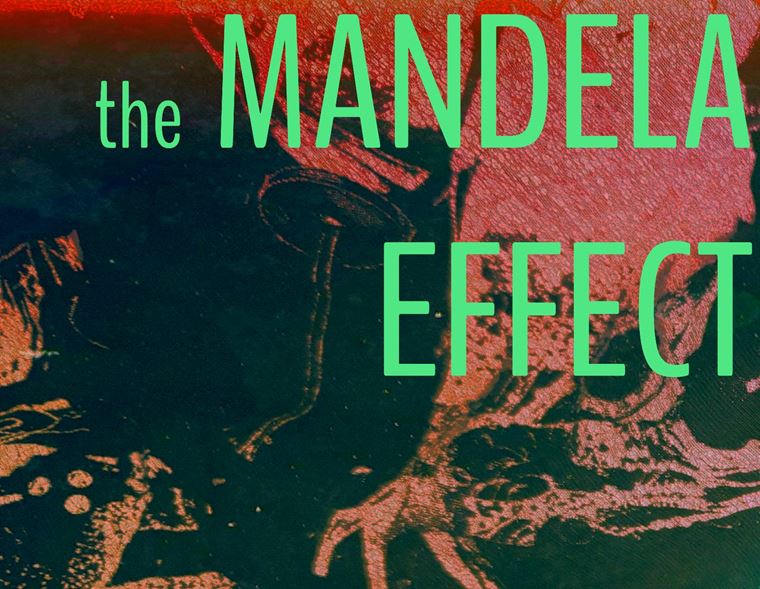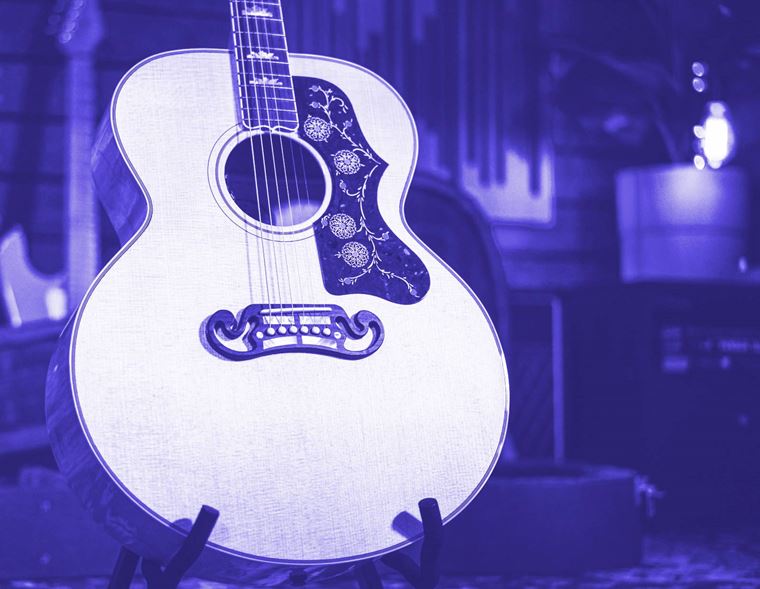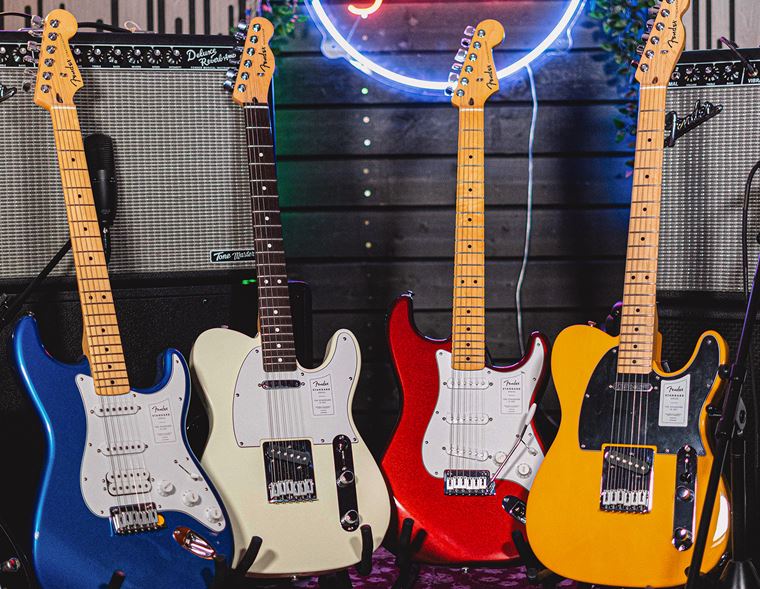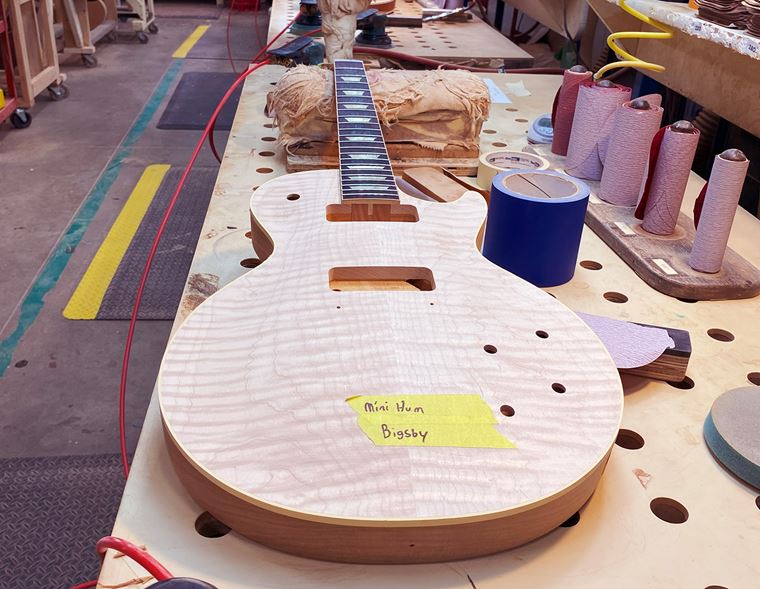Why Are Epiphone More Expensive?
Published on 20 March 2024
Epiphone are a brand you’ll definitely be familiar with, but is today’s Epiphone the same as the one you grew up with?
That’s what I’ll be looking at today, as I take stock of some of Epiphone’s latest releases. It seems that the gap between them and their parent brand Gibson is closer than ever before, and I want to explore that a little.
As a teenager, one of my earliest guitars was an ebony Epiphone Les Paul Standard, which felt like a gift from the gods at the time, particularly when I was upgrading from a neon green plywood-bodied Aria Pro II copy of a Jackson Dinky! Epiphone was the best we could afford, and their association with Gibson (indeed, they used to have ‘Gibson’ written on the truss rod cover) added a certain magic!
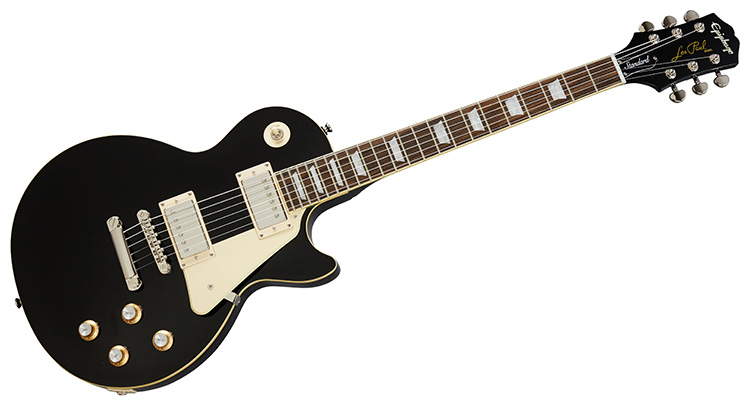
My subsequent travels through the land of the guitar have always either incorporated Epiphone or at least been close to it, so I’m able to have some perspective with the brand. I’ll use my insights from a career spent writing about guitars, playing thousands of them and (in the past) selling them to inform today’s blog. So, why don’t you whack on the kettle and sit with me for 5 minutes whilst I check out what’s going on at Epiphone!
Contents
The Changing Perception of Epiphone
Epiphone Kirk Hammett Greeny 1959 Les Paul
Epiphone Dave Grohl DG-335 Signature
Epiphone Adam Jones 1979 Les Paul Custom
A New Dawn for Epiphone Guitars
The Changing Perception of Epiphone
Gibson are one of the most aspirational guitar brands out there. Historic, iconic and possessing the looks and sounds that countless other brands want so much they flat-out copy them, Gibson are a uniquely inspirational brand. Epiphone - once their main competitor - were bought out by Gibson in the mid 1960s and now mostly create affordable official replicas of Gibson designs such as the Les Paul, SG and ES-335. If you couldn’t stretch to the cost of a USA-made Gibson guitar, Epiphone were there with a model that provided much of the vibe for a fraction of the price.
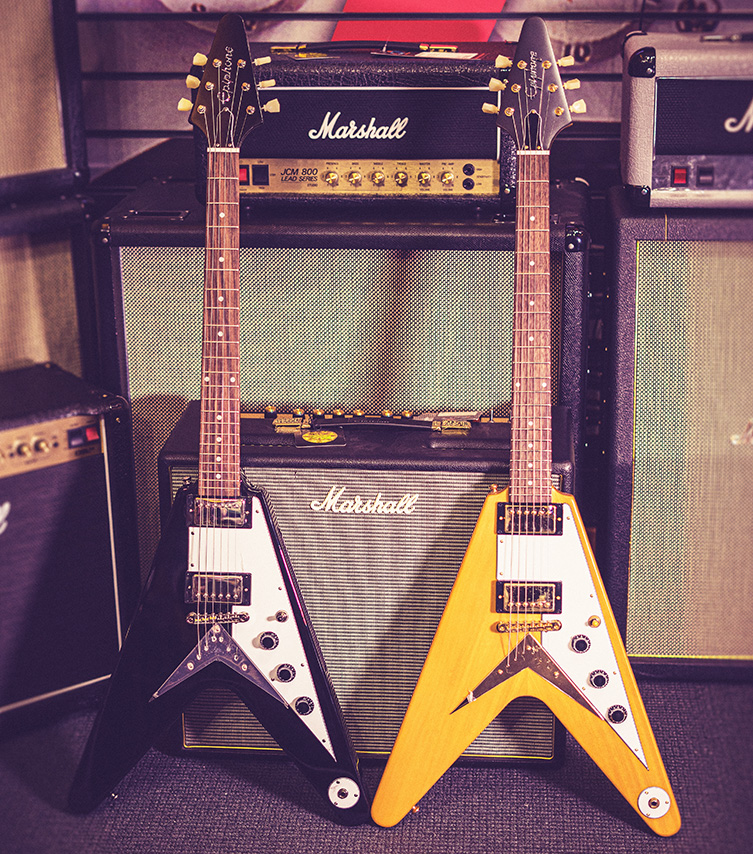
Well, that’s how it was, anyway. The last few years have seen a marked shift in where Epiphone sits within the guitar market. Whilst you can absolutely still buy affordable Epiphone guitars, their newer offerings are definitely more expensive than they used to be. So, what’s happening with Epiphone?
The Good Old Days
Well, it’s maybe slightly flippant to say that ‘everything’s more expensive’, but flippancy doesn’t make it less true! Prices for every brand are higher than last year, and it’s a trend that is true in every market. You’ll have noticed it with your weekly shop and you’ll notice it more when buying items like guitars, since there’s a much higher cost to begin with.
But has inflation really hit the guitar market as bad as it seems? In some places, yes, but I’m actually surprised at how long things have stayed affordable, to be quite honest with you! Here’s a pretty good bit of perspective for you: back in 1997 - that’s 27 years ago - an Epiphone Les Paul Standard cost £399 on the street. The equivalent model today - which is arguably a better-made guitar - is £549. That only actually went up to that price a few years back, as well. Now, compare this with the cost of a Fender Mexican Standard Stratocaster in 1997 (£299) to today’s equivalent Player Strat today (£719 by March 2024 prices), and things don’t look quite so crazy.
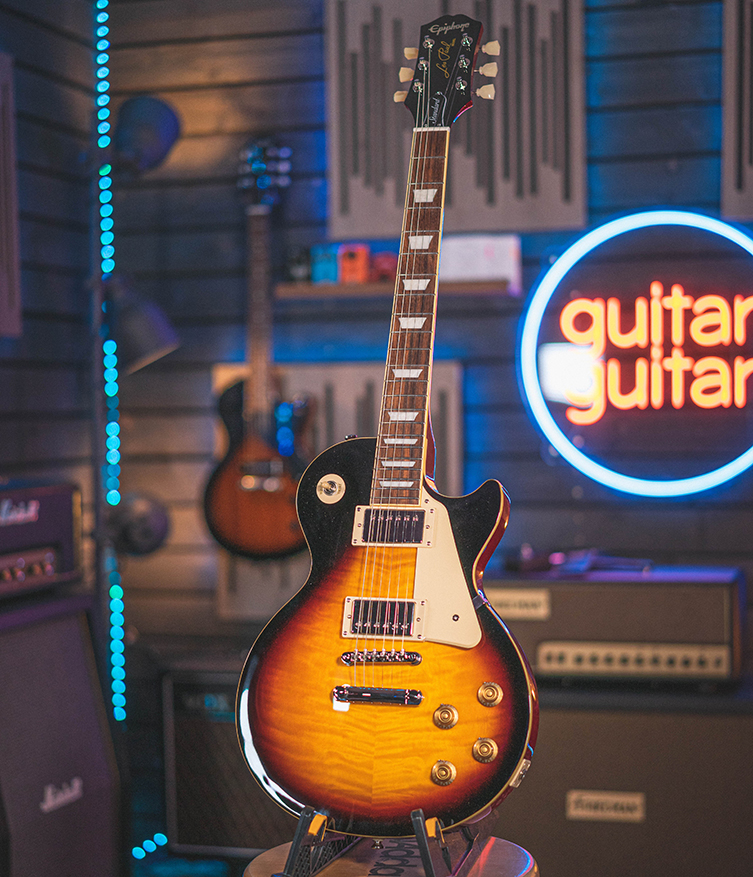
The difference that is being sensed today is more about the introduction of higher priced models to the Epiphone lineup. These are available in addition to the Les Paul Standards and SG Standards, not instead of. To use Fender as a handy comparison again, they also offer non USA-made guitars that cost £1199 (Tom Delonge Strat), £1399 (Jason Isbell Telecaster) and even £1649 (Mike McCready Strat), so there’s obviously scope for high-priced guitars that are made outside the USA.
As Bob Dylan sang, the times they are a-changin, and people seem to care less where a guitar was made than about how inherently good those guitars are as instruments. The build quality of Chinese guitars is better than ever, and Chinese guitar building is nowadays comparable with how we used to refer to Japanese guitars (which means exceptionally well and good value). Better quality costs more, right? This brings us back to Epiphone…
Epiphone Today
As mentioned, there are plenty of affordable Epiphone models available, and the level of quality is as high as you’d hope. An Epiphone SG Standard at £399 is a great instrument that sounds lovely and will see you through endless gigs.
Additionally, there is now a range of higher-priced, top-end Epiphone guitars that are seriously impressive instruments, with no hint of ‘budget guitar’ about them at all. Some of these are Artist models and some are collaborations with the Gibson Custom Shop.
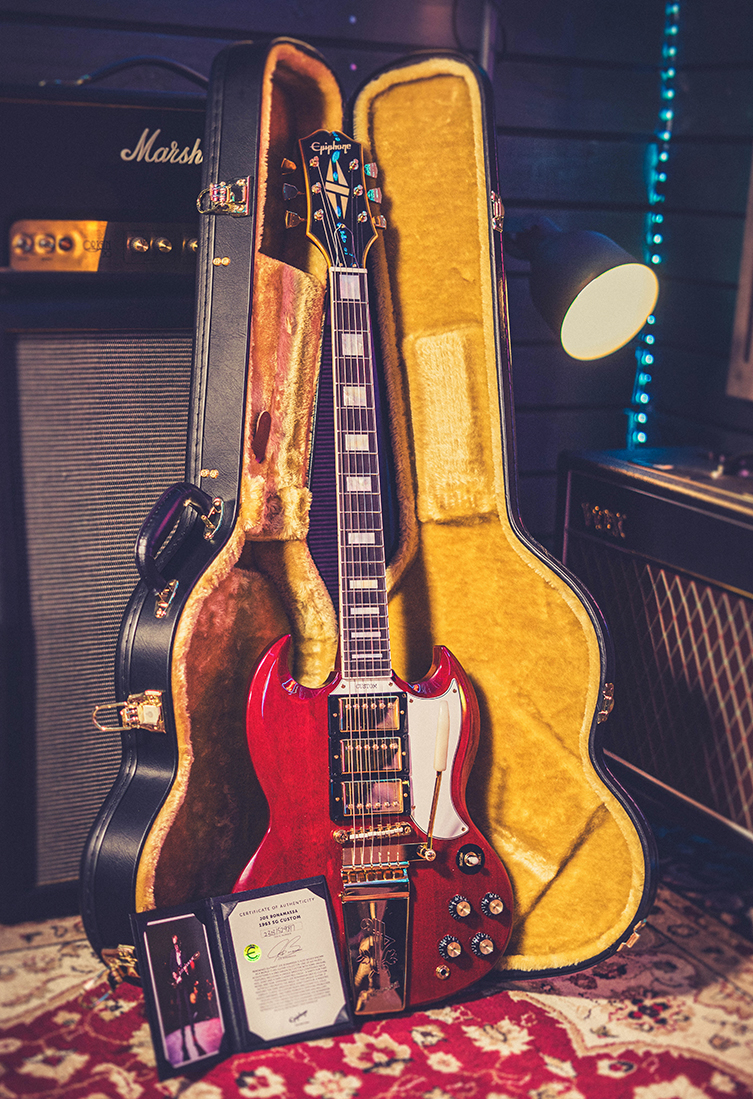
Joe Bonamassa probably started this trend, actually, with Epiphone recreating some of his favourite guitars. A well-known gear hoarder, Joe has a huge vintage collection and has chosen a few models from this well-picked selection to be recreated as limited edition Epiphone replicas. More than just vanity-building, these guitars paid particular attention to period details, colours, hardware and specs, resulting in instruments that were a cut above the standard Epiphone models.
These models proved to be a hit, and have paved the way for more of these premium-grade Epiphones. Shall we look at some recent examples?
Epiphone Kirk Hammett Greeny 1959 Les Paul
This one caused no small amount of online hyperventilating when it was announced. The Epiphone Kirk Hammett Greeny 1959 Les Paul is of course a recreation of ‘Greeny’, the ‘59 Gibson Les Paul owned by Peter Green, then by Gary Moore, before ending up in Metallica guitarist Kirk Hammett’s collection.

So why did people get in such a tizz about this particular release? Basically, the design of the headstock employed Gibson’s ‘open book’ shape, which is something that nobody ever thought Gibson would agree to. It’s such a seemingly small detail, but one that seems to be incredibly important to guitar fans: the headstock shape is the one obvious differential between Gibson and Epiphone, and the main way to tell each brand from a glance.
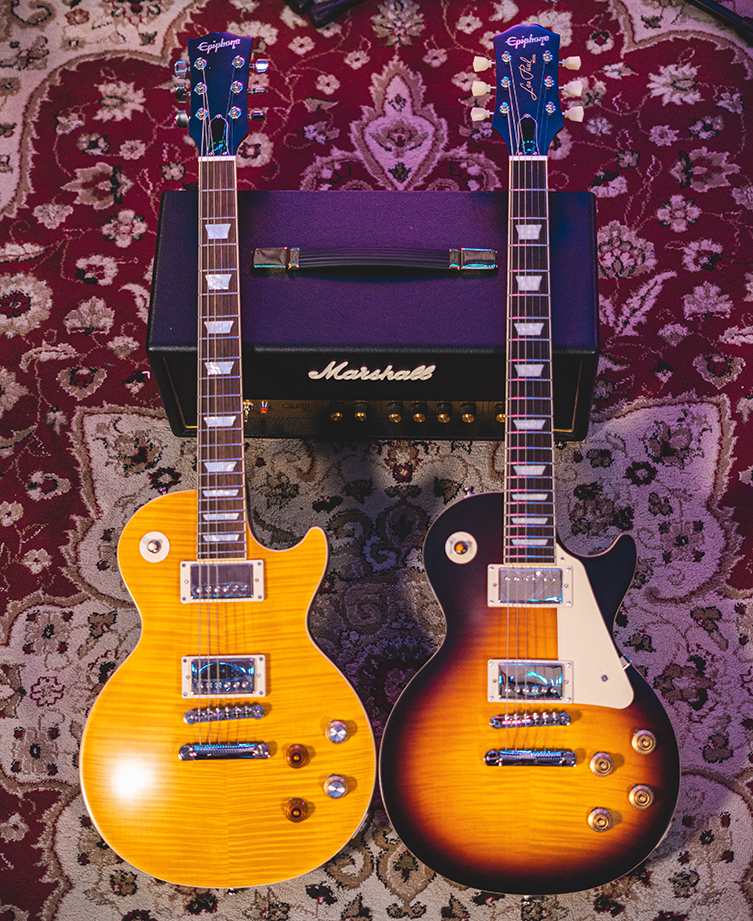
Obviously, Gibson are fine with it, and in fact have hinted that we might be seeing more of this with certain high-end Epiphones in the future. The ‘Epiphone’ logo is still quite clearly there, so I don’t expect too much confusion to ensue.
But what of the guitar? Well, it looks the part with its faded shade of lemony-amber, and it has a very agreeable ‘59-style neck carve. Best of all, that famous out-of-phase middle pickup sound is most definitely there too! This collab with the Gibson Custom Shop features Greenybucker; pickups, quality CTS pots and mallory capacitors for a top-drawer, highly vintage setup under the hood. Of course, there’s more differences between a Gibson guitar and an Epiphone than just headstock silhouettes, but on its own terms, the Epi Greeny is a very capable and impressive instrument.
Epiphone Dave Grohl DG-335 Signature
Instantly selling out before they even arrived with us (worry not, there will be more), this signature guitar from the lead Foo Fighter is a great example of ‘new Epiphone’. It’s based closely on Dave’s signature Gibson of course, which itself is modelled on an old Gibson classic, the Trini Lopez.
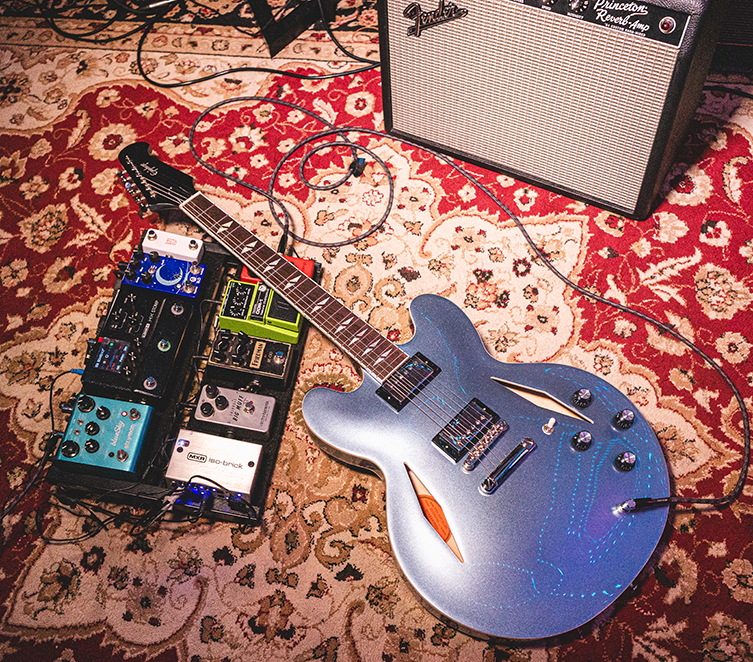
The Epiphone Dave Grohl DG-335 is a versatile machine indeed: most guitarists nowadays are clued in to how useful a thinline semi-acoustic guitar can be, and Grohl’s DG-335 is no different. The slightly softer sound of the semi-acoustic design benefits most genres apart from the heaviest of metal styles. The neck is a particular joy to behold, with a fair amount of rounded ‘heft’ in the profile. This guitar has been treated to some excellent hardware, too: Gibson USA pickups, CTS pots and a Switchcraft jack mark this out as a guitar designed to be taken on the road and rocked pretty damn hard!
Epiphone Adam Jones 1979 Les Paul Custom
Somewhere in the last 15 years, LA prog-rockers Tool quietly went from cult favourites to one of the biggest bands in the world. The appeal of Tool’s music is probably pretty obvious, but in guitar terms, Adam Jones’ sound has always been the perfect example of how a high gain Les Paul tone should sound. His devotion to a small collection of late-70s Silverburst Les Paul Customs has become a real trademark for the band, so it was great when both Gibson and Epiphone finally decided to honour him with signature models.
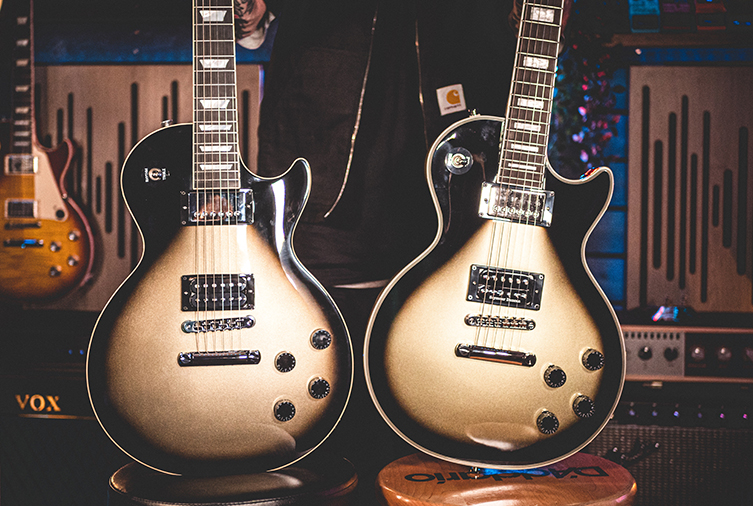
Interestingly, the Epiphone Adam Jones 1979 Les Paul is actually closer in spec to Jones’ original guitars than the Gibson Les Paul Adam Jones! Both are great guitars, but Epiphone’s model includes the correct Seymour Duncan Distortion pickup the Jones uses in all of his personal guitars, plus it has all of the ‘Custom’ decorative bits, which the Standard Gibson model confusingly does not!
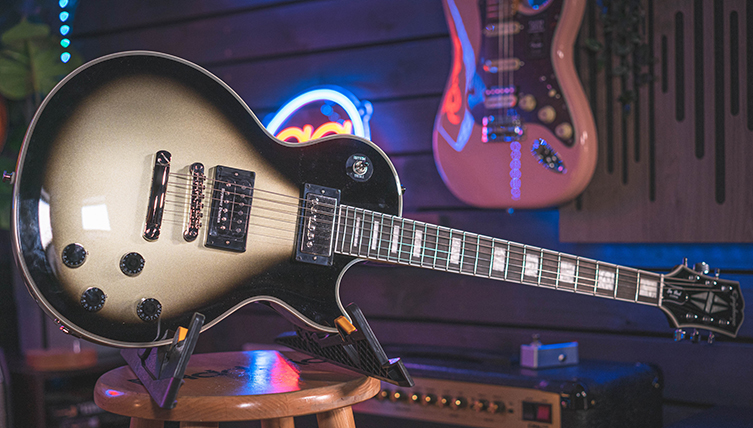
In addition to this, Epiphone collaborated with Jones on a series of Custom Art Collection guitars. Eight limited edition guitar models each had a different graphic on the back, selected by Jones himself. There’s something here for everyone, but in my book it’s pretty hard to top the immortal Frank Frazetta’s Berserker artwork!
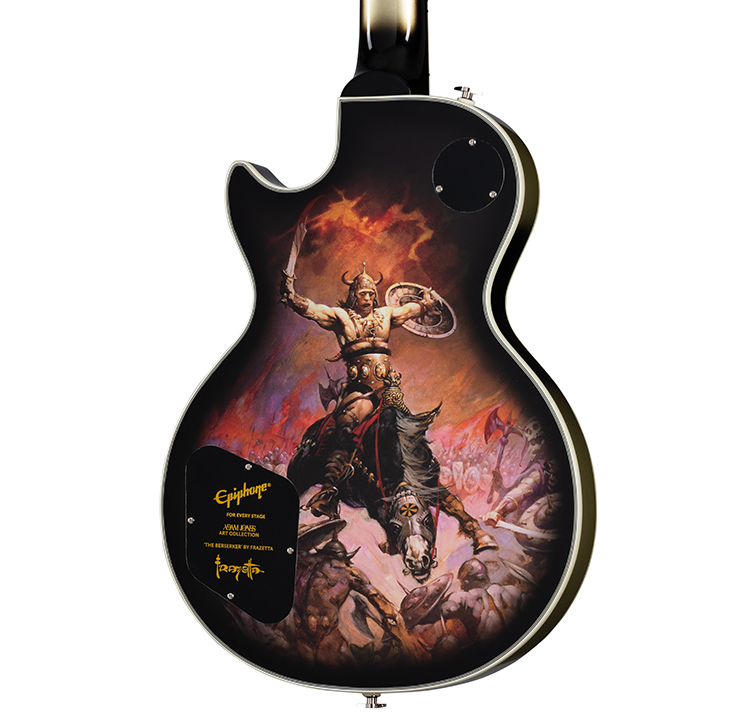
Close to Gibson?
There will inevitably be comparisons made between expensive Epiphones and standard Gibson USA models. With prices seemingly creeping closer together - at least from a casual glance - does that now mean that Gibson and Epiphone are more directly comparable?
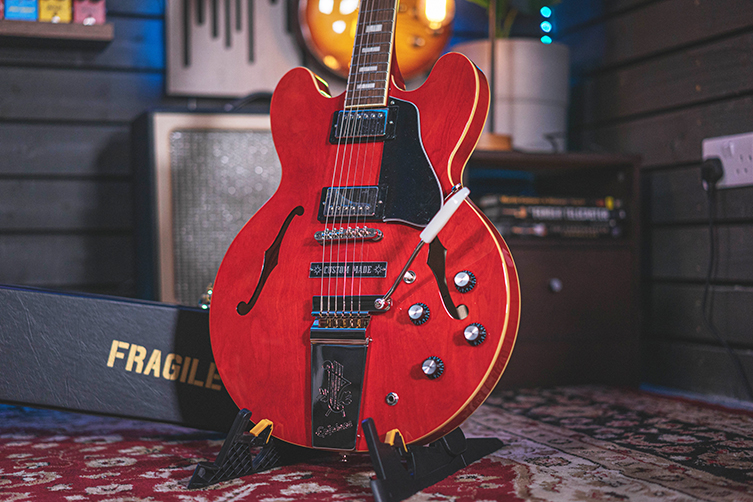
Well, here’s how I’d approach it. Comparing like for like does not result in say, the Epi Greeny being compared to a Gibson Les Paul Standard. We’d have to compare the Gibson Greeny to the Epiphone Greeny, and so the USA model is almost double the price. If I were comparing a Gibson Les Paul Standard (say, a 50s Standard) with an Epiphone, it would be the equivalent model, the Epiphone 50s Les Paul Standard. At time of writing, the Gibson model costs £2399 on our site, and the Epi is £549, less than ¼ of the price. Is it fair to compare these guitars? A really good five hundred pound guitar shouldn’t have to justify itself against a really good two and half grand guitar, not in any sensibly comparative way.
Top-end Epiphones are excellent guitars, and better than Epiphone have ever been by quite a margin. But still, they are offering a different thing to either the cheaper Epiphone guitars or the USA-made Gibsons. If you consider PRS, with their American-made Core line, their S2 range and their SE ranges, that illustrates my take on this clearly: they are all great, but you wouldn’t compare one to the other.
A New Dawn for Epiphone Guitars
As I’ve hopefully demonstrated today, the Epiphone of today is much more than the Epiphone of yore. We can still have brilliantly priced Les Pauls, SGs and ES335 models, but now there’s a whole new level of guitar: one that bridges/blurs the gap between standard Epiphones and their USA-made Gibson cousins.
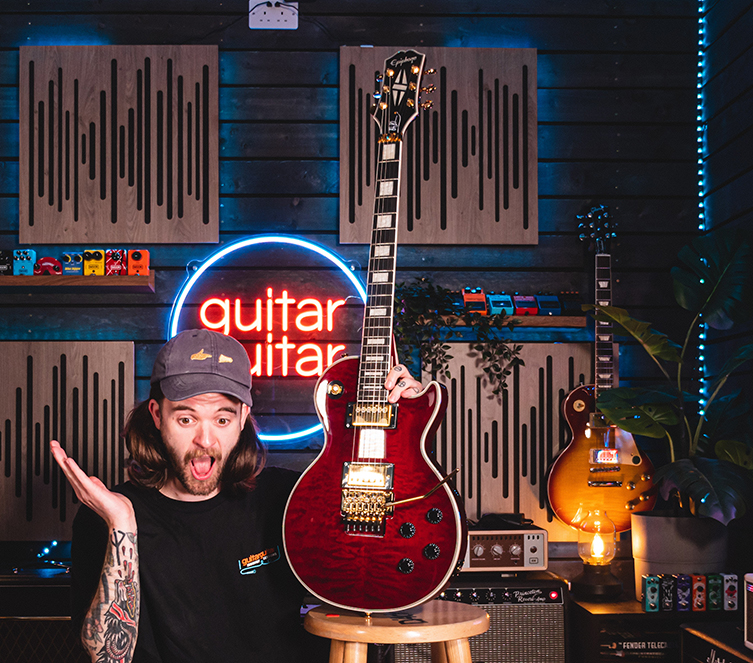
There’s a lot of cool ideas and creativity circling around this part of the brand, and having artists like those mentioned above and also Alex Lifeson, Matt Heafy and Dave Mustaine is a boon to the brand. It’s proof, if such were needed, that Epiphones belong in the hands of pros every bit as much as other brands.
Click to Browse our Selection of Epiphone Guitars


